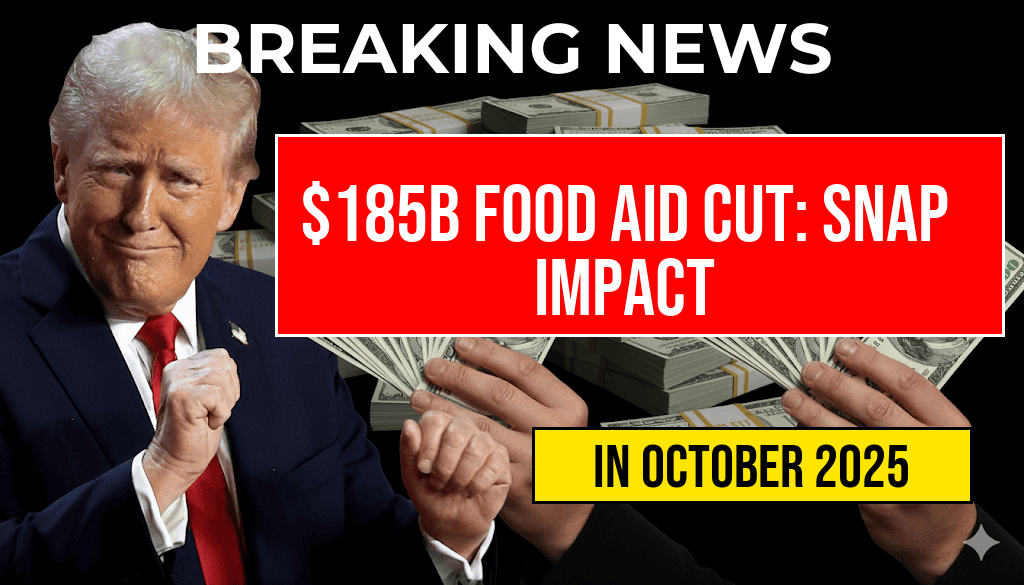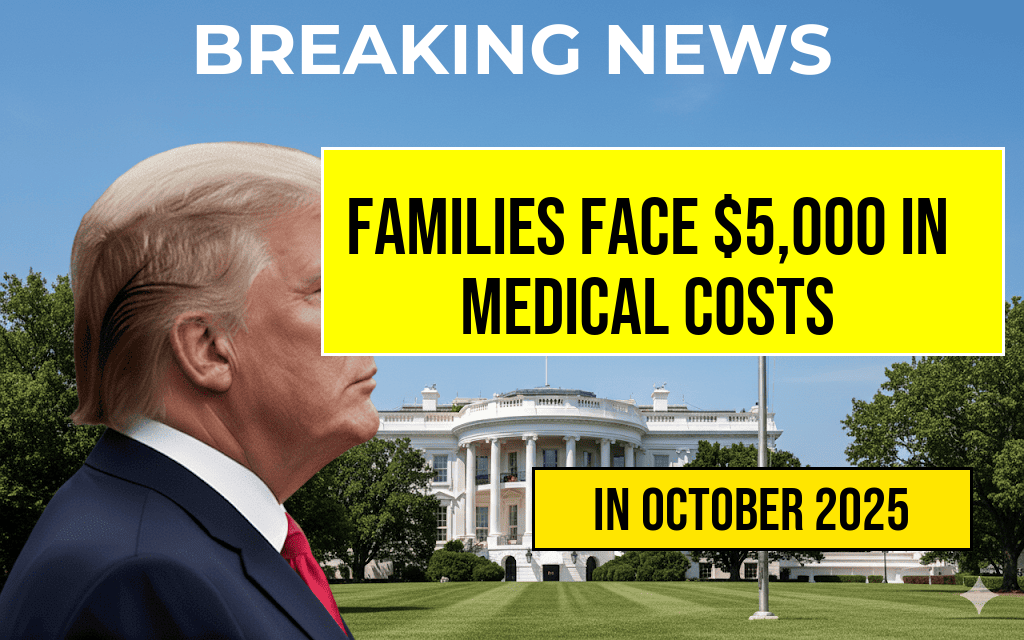The recent decision to slash food aid by $185 billion has raised significant concerns across the United States, particularly for households relying on the Supplemental Nutrition Assistance Program (SNAP). For a family of two, the average monthly benefit stands at approximately $546. This reduction in funding is expected to affect millions of Americans who depend on these critical resources for their daily sustenance. Experts warn that such cuts could exacerbate food insecurity, leading to higher rates of hunger and malnutrition among vulnerable populations. As lawmakers debate this contentious issue, the implications for those relying on SNAP benefits are becoming increasingly urgent, prompting families to reconsider their budgets and food choices.
Understanding SNAP Benefits
The Supplemental Nutrition Assistance Program is designed to assist low-income families in purchasing food. The benefits are provided through an Electronic Benefits Transfer (EBT) card, which can be used at authorized retailers. For a family of two, the average benefit of $546 per month allows for some flexibility in food purchasing, but with the impending cuts, many families will have to adjust their spending habits significantly.
Who Will Be Affected?
- Low-income families
- The elderly living on fixed incomes
- Individuals facing unemployment
- Children and students relying on school meals
These groups are particularly vulnerable to changes in food assistance programs, as they often have limited financial resources and depend heavily on SNAP for their nutritional needs.
The Economic Ripple Effect
Reducing food aid funding is not just a matter of individual families; it has broader economic implications. According to a report from the USDA Economic Research Service, every dollar spent on SNAP generates approximately $1.50 in economic activity. This multiplier effect means that cuts to SNAP could lead to decreased spending in local economies, particularly in areas with high concentrations of low-income residents.
Projected Impact of the Cuts
| Category | Current Monthly Benefit for Two | Projected Reduction | New Monthly Benefit |
|---|---|---|---|
| Average SNAP Benefit | $546 | $100 | $446 |
| Annual Benefits Loss | $6,552 | $1,200 | $5,352 |
As shown in the table above, families could see their monthly benefits drop significantly, impacting their ability to purchase nutritious food. The reduction will likely lead to difficult choices between essential expenses like rent, transportation, and food.
Community Resources and Support
As families brace for these changes, numerous community resources can help mitigate the effects of reduced SNAP benefits. Local food banks, community organizations, and meal programs are working to provide additional support. Here are a few resources to consider:
- Feeding America – A nationwide network of food banks that offers assistance.
- WIC Program – Provides nutritional support for women, infants, and children.
- SNAP Outreach – Offers information on applying for SNAP benefits and local resources.
Looking Ahead
The implications of the $185 billion cuts to food aid are far-reaching, affecting not only individual families but also local economies and community health. As the situation develops, it is crucial for affected individuals and families to stay informed about their options and seek support where necessary. Advocacy groups are mobilizing to push back against these cuts, emphasizing the need for a robust safety net to ensure that all Americans have access to adequate nutrition.
Frequently Asked Questions
What is the significance of the $185 billion cut to food aid?
The $185 billion cut to food aid has significant implications for millions of Americans relying on programs like SNAP (Supplemental Nutrition Assistance Program). It may lead to reduced benefits, impacting food security for vulnerable populations.
How will the cut affect my SNAP benefits?
The reduction in food aid funding could mean that your $546 SNAP benefit for a household of two might be decreased, making it more challenging to afford nutritious food each month.
Who will be most affected by these cuts?
Low-income families, the elderly, and individuals with disabilities are among the most vulnerable groups who will feel the effects of the food aid cuts, as they often rely heavily on SNAP benefits to meet their nutritional needs.
What alternatives are available if SNAP benefits are reduced?
If SNAP benefits are reduced, families may need to explore alternatives such as local food banks, community assistance programs, or applying for other forms of government aid to help mitigate food insecurity.
How can I advocate against the cuts to food aid?
To advocate against the cuts, individuals can contact their local representatives, participate in community forums, and support organizations that focus on hunger relief and food justice to raise awareness about the importance of food aid programs.






